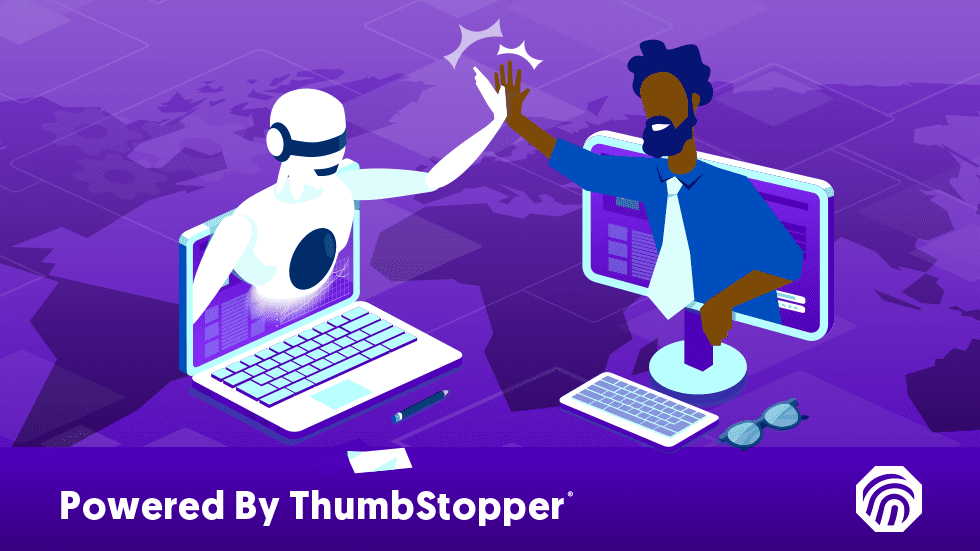Key Points:
- Social media algorithms play a crucial role in social media platforms, determining what content users see and how they engage with it.
- Facebook, Instagram, and LinkedIn have their own unique algorithms, but in general, businesses should focus on creating meaningful and informative content that resonates with their target audience to maximize visibility and engagement.
- Optimizing content by working with algorithms and using strategies like A/B testing can help improve social presence and reach.
Algorithms are an integral part of our daily digital lives. They are the rules that decide what content each user sees, when they see it, and how they might react to it. Every social media platform uses algorithms. Their functions include filtering out spam or inappropriate content as well as optimizing users’ individual feeds for relevant content.
When posts or entire campaigns don’t perform as well as you expect them to, it’s easy to assume the algorithm is biased against you. You might even be tempted to look for ways to beat the algorithm. But working against the algorithm will never yield better results. In fact, pushing back too hard against the core organizational process of a social platform might even get your account shadowbanned.
Learning to work within algorithms’ rules ensures that your brand’s content gets the attention it deserves. Customizing your content to meet the requirements of each platform is the best way to keep the algorithm working with your brand.
Let’s look at how each platform’s algorithm works and how to optimize your content for it.

What appears in a user’s feed is decided by three signals: who created the content, what type of content it is, and interactions with the post. Friends, news pages, and public figures that you interact with the most will appear more often. Similarly, the type of content that draws your attention appears more often. If videos of cute animals or links to news reports are what keep you scrolling on Facebook, those are what you’ll see more of. The algorithm will also show posts that your friends interact with on your feed.
In short, users are in full control of their feed, even if they aren’t intentionally shaping their personalized algorithm. This means your brand only has a short window to capture the user’s attention. The good news is that if your brand’s content consistently intrigues them, you’ll maintain a presence in their feed.
Facebook offers advice for companies (or anyone publishing content for a business purpose instead of personal use). They stress that all content should be “meaningful” and “informative”.
In this context, “meaningful” is Facebook’s way of asking how relevant and impactful it is to a specific user. The algorithm asks questions such as:
- How closely does the user follow the page that posted this content?
- Are the user’s family and friends talking about this topic?
- How much engagement has the post generated?
Facebook’s explanation of its “informative” benchmark is vague. Their referral to each user’s specific interests tells us that Facebook will promote content that speaks to your target audience. What that content consists of remains up to you to determine.

Instagram’s algorithm is unsurprisingly quite similar to Facebook’s. What the platform shows you depends on the information about the person who posted it, your history of interacting with them, topics you’re interested in, and the post’s engagement history. Instagram’s information indicates that sections of the app – Reels, Explore, Stories, and Users’ Feeds – have their own distinct algorithm that prioritizes these factors differently.
Feed and Stories rank recent posts by the users you interact with the most. The Explore page is organized based on activity in your main Feed, using information about what you’ve interacted with to extrapolate other topics you might be interested in and suggest that content. Similarly, Reels uses information from other in-app interactions to guess what content you might like from accounts you don’t follow.
Like Facebook, businesses on Instagram should spend time understanding what type of content speaks to their audience. Knowing where on the app you can find your target audience can inform your decisions on what that content looks like. For example, produce Reels to draw in new followers and post Stories to prompt followers to interact with your pages.

LinkedIn’s algorithm is more complex; the content must pass through a series of filters that perform quality and relevance tests to determine which user will see a piece of content. Their approach is different from other social platforms for a few reasons.
LinkedIn serves a highly specific use: enabling professional connections. Meta’s strategy of showing users content related to what they already like won’t work in this context as most people on LinkedIn are primarily concerned with their own industry. Knowing that, Linkedin measures relevancy differently. Content performance is determined by how a page’s follower base receives it, not how it performs on an explore page.
The first filter organizes content into three categories: spam, low-quality, and clear. Clear content automatically moves to the next stage, the Testing filter, where a small section of your audience sees the post. If they mark it as spam or indicate that they don’t want to see it, the content will remain stuck in the spam filter. When your audience reacts positively, it moves into Content Scoring, where actions users take on the post have different weights. A “like” may be worth one point, while a “share” is worth three points. Content that picks up enough engagement in that phase gets sent to “Real People Assessment”, the platform’s version of content curators that boost certain posts onto the trending news page.
Their process reveals a focus on extremely targeted high-quality content. For B2B companies that are active on LinkedIn, this means being selective about the content you produce. One way to use their algorithm to your advantage is A/B testing. You can get a better idea of what performs well without dedicating all of your advertising budget to something that might not pass every filter.
Get More Eyes on Your Content
Optimizing your content by working with (instead of against) the algorithm is a great first step toward crafting a robust social presence. You can get even more out of your content when you increase your reach through content distribution. ThumbStopper is the software solution that makes distributing content to your retailer network easy. Find out how ThumbStopper can improve your social presence with our brand reach calculator.




